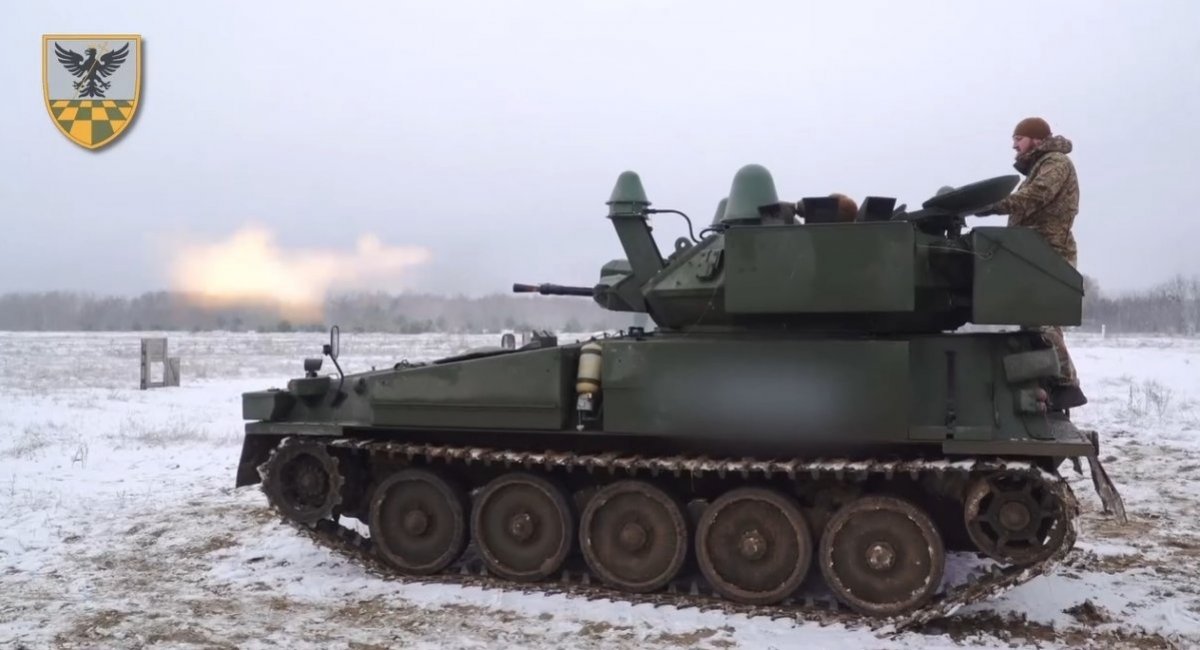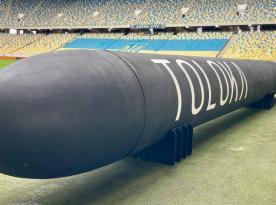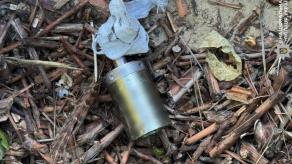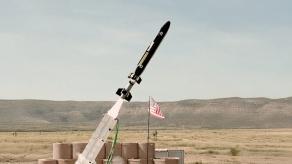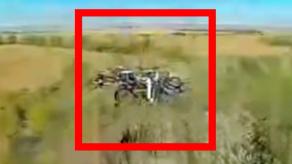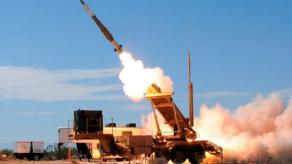Ukrainian Armed Forces have recently shared a video of crew training on British-made FV107 Scimitar combat vehicles. What draws attention is that instead of the standard 30 mm L21A1 RARDEN automatic cannon, the vehicle in the footage is armed with a 14.5 mm KPVT machine gun. This apparent downgrade raises questions, but the reasoning behind it is actually pretty simple.
The L21A1 RARDEN cannon, while a capable weapon, has a notably low rate of fire — just 90 rounds per minute, compared to 550 rounds per minute for the 30mm autocannon used on BMP-2 vehicles, for example.
Read more: U.S. Army Test-Launched Mysterious Missile-670 From a Bradley: It Could Be Anything But ATGM
This is due to Rarden's magazine-fed design, as opposed to the belt-fed systems used in other infantry fighting vehicles. Each magazine holds only three rounds, requiring frequent reloads, it's both slow and inconvenient for the crew. In practice this means that the FV107 cannot sustain fire in combat.
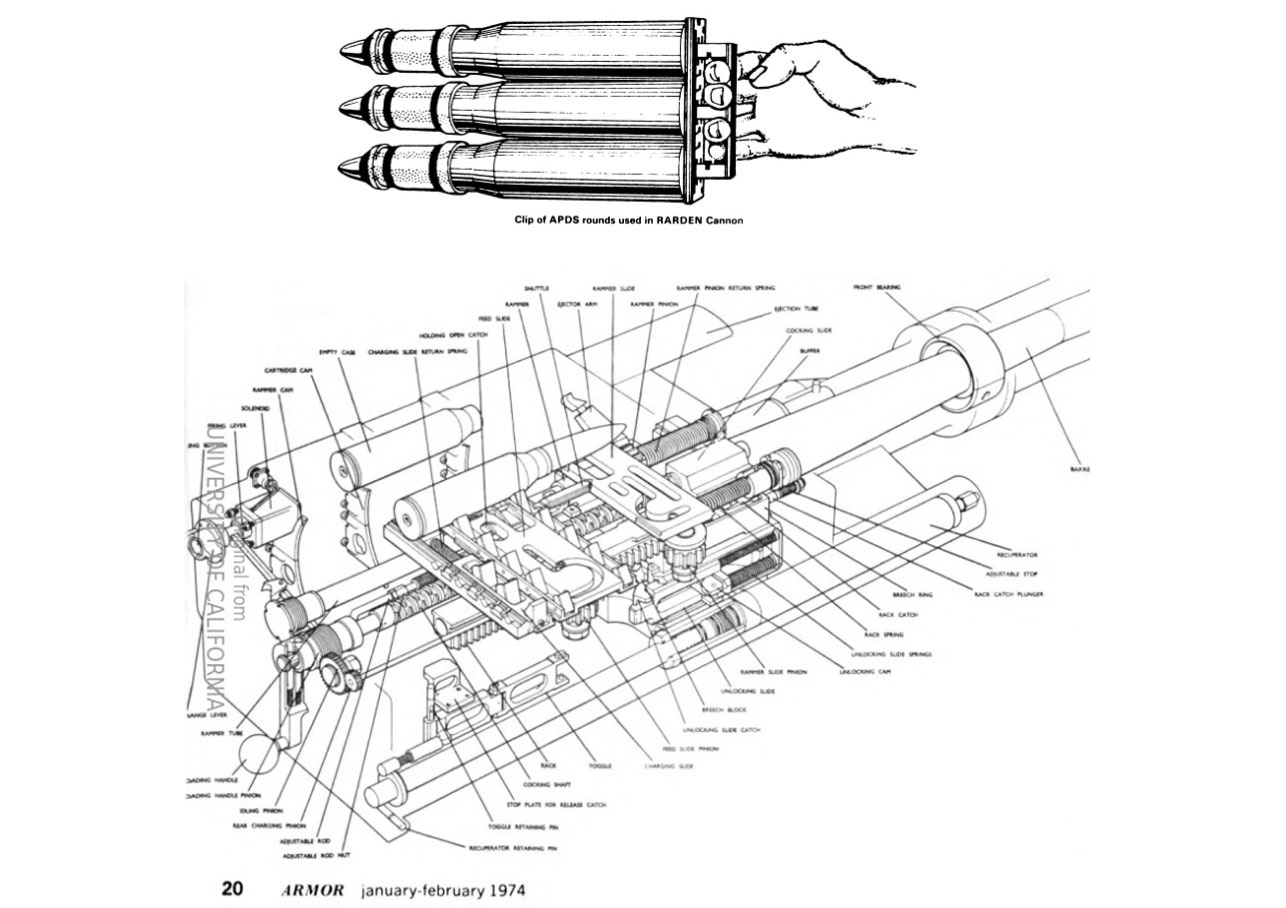
By contrast, the KPVT machine gun offers a much higher rate of fire and it's much easier to use during intense combat because it dishes out 550 rounds per minute and has a larger ammunition capacity, effectively compensating for its smaller caliber. Additionally, the FV107 in the video has been equipped with an electronic warfare system to counter FPV drones.

Another potential reason to replace the gun could be that this FV107 arrived without its original weapon. It may have been supplied in a demilitarized state, possibly purchased by volunteers, or donated by Western partners without armament — though the latter seems unlikely.
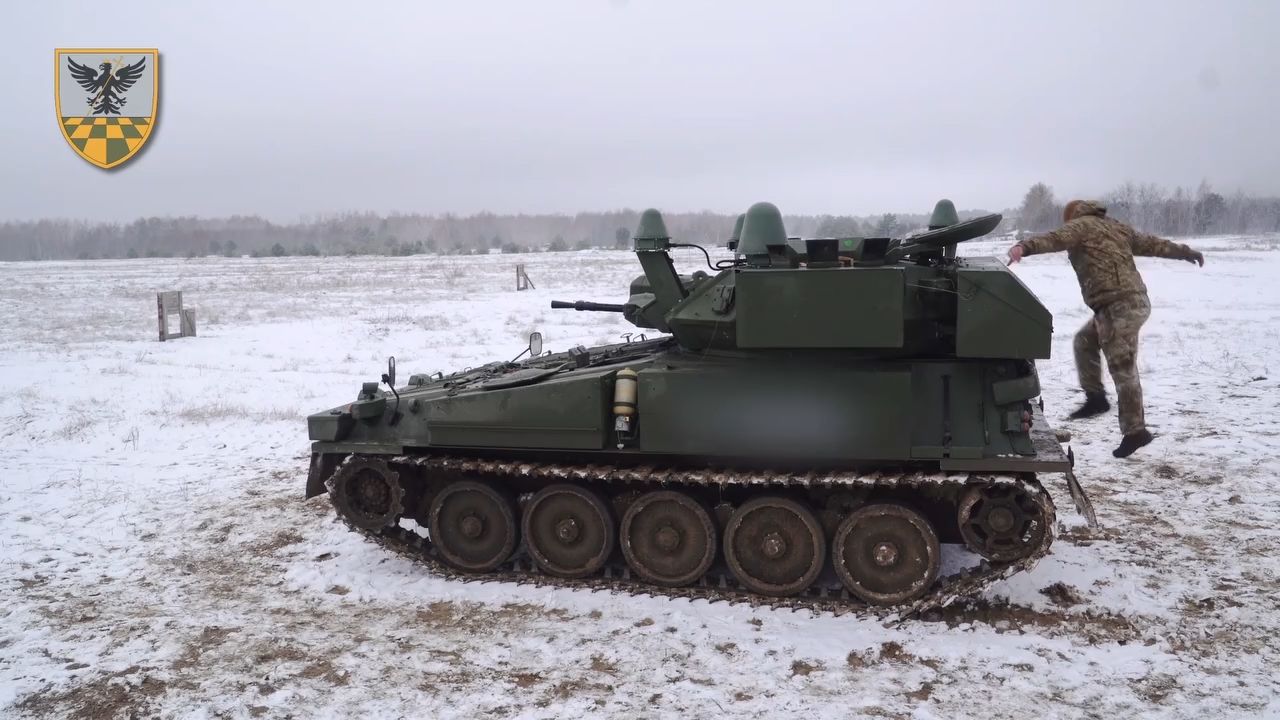
An undisclosed number of FV107 combat vehicles has been provided to Ukraine by Lithuania, alongside 24 units supplied by the United Kingdom.
By the way, the British military is currently phasing out its FV107 Scimitar fleet, so the question has arisen as to whether they should be sent to strengthen Ukraine’s forces.
Despite its armament modifications, the FV107 remains a fast and maneuverable light tank. In addition to its main weapon — whether the L21A1 RARDEN or the KPVT — the vehicle is also armed with a coaxial 7.62 mm L37A1 machine gun.
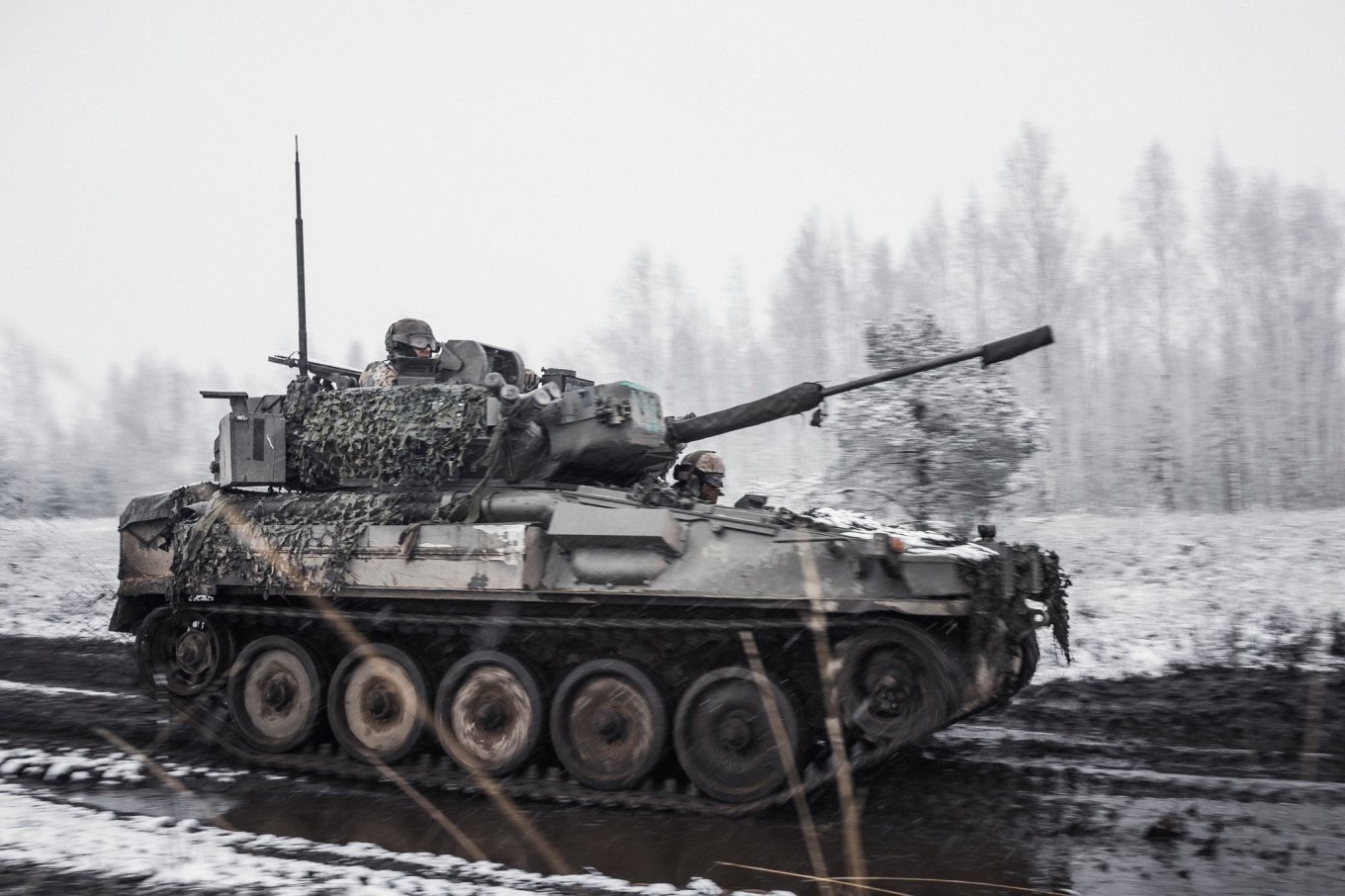
Weighing just 7.8 tons, it features excellent mobility, originally powered by a 252 hp Jaguar J60 gasoline engine, though upgraded Mk II versions use a 190 hp diesel engine. The crew consists of three personnel, and its frontal armor provides protection against 14.5 mm rounds fired at a range of 200 meters.
Read more: Ukrainian Forces Destroy Three Rare North Korean Koksan Self-Propelled Artillery Systems (Video)




